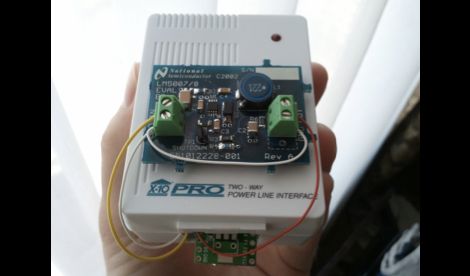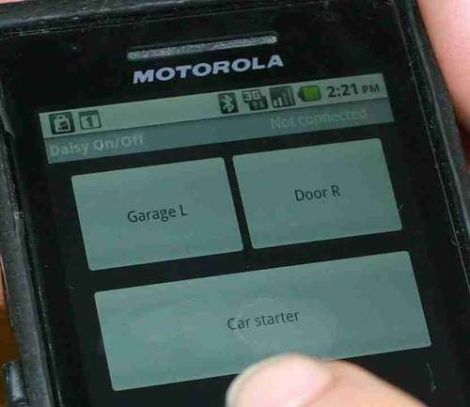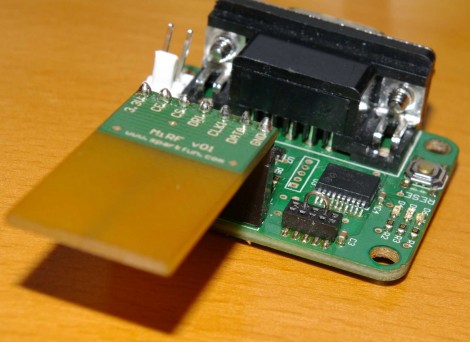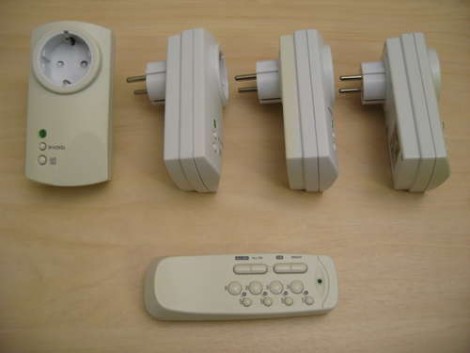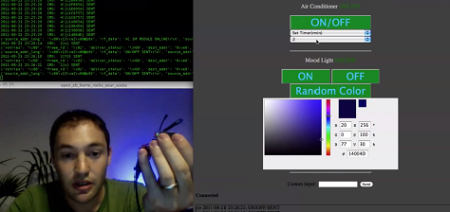
[Russell] sent in a neat home automation project he’s been working on. Even though the project only has two devices so far, we can already see the potential of his project.
Instead of the X10 standard that has been a staple of home automation for more than 30 years, [Russell] went with ZigBee modules. Aside from being much faster and more flexible than X10 home automation modules, ZigBees also open up a bunch of projects that would be impossible if he went with X10. With some well-placed IR transmitters hidden in his living room, it would be possible to have a TV and cable box controlled via the Internet.
So far, [Russell] built an network-controlled RGB ‘mood lamp’ and an infrared remote for his central air. Everything is controlled through a web app, and [Russell] says that additional modules can be easily added to the code.
Check out [Russell]’s demo of his project after the break.
Continue reading “Zigbee Home Automation Gives Us Another Reason Not To Get Up”

